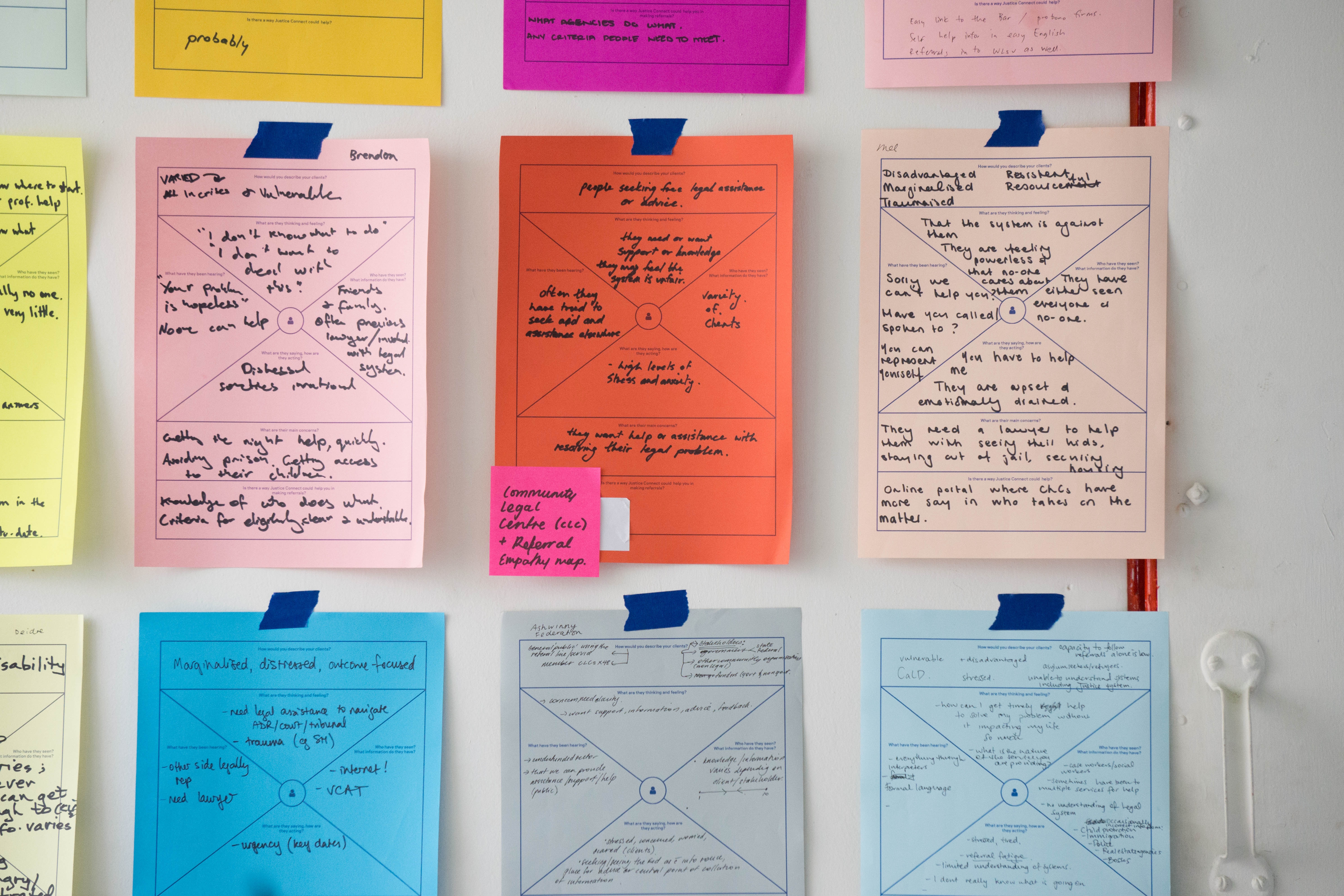A Step-by-Step Guide to Writing a Critical Response Essay

Students have to write different types of essays all the time. However, they face many problems when it comes to writing a critical response essay. Why is it so hard to manage? What are the main components of it? We will answer all these questions in our complete guide to help you learn how you can write this type of essays quickly and easily.
What Is a Critical Response Essay?
First things first – let’s find out what a critical response essay is and what components it includes.
It is an assignment that is based on your analytical skills. It implies the understanding of the primary source, such as literary work, movie or painting (its problematic, content, and significance), and the ability to perform critical thinking and reflect your opinion on the given subject.
The aim of critical response essay is to get familiarised with the subject, form your opinion (the agreement or disagreement with the author), reveal the problematic of the piece and support your claims with evidence from the primary source.
For example, your task might be to analyze the social structure in Shakespeare’s Romeo and Juliet.
How Is It Different From Other Essay Types?
Every essay you write has a very similar structure that consists of an introduction, the main body, and the conclusion. While this type is not an exception and is quite similar to an analytical essay, it still has differences. One of those is the fact that it contains two parts. The first part includes a quick summary of the analyzed work. The second part is a critique – a response to the author’s opinion, facts, examples, etc.
What Should You Pay Attention To?
Before we dive into the guide and the steps of crafting your critical essay, let’s take a look at some of the most common pitfalls that often occur during the writing process of a piece like this.
Not knowing what you are writing about.
This makes no sense, right? So, be sure to read the piece that your topic is based on and make sure you understand what it is about.
Not understanding what your task is.
Be attentive to the task and make sure you understand what is required from you. You would be surprised if you knew how many essays are written without even touching the main question or problematic.
Being in a hurry.
A lot of students start working on their essays at the very last moment and do it in haste. You can avoid a lot of mistakes if you are attentive, focused, and organized. If you have too little time to write a strong response essay yourself, you can always get the assistance of a professional writing service. This will help you to be on time with your assignment without sacrificing its quality.
And now let’s begin your journey of writing an essay.
Step 1. Examine the Primary Source
Before starting actually writing your critical essay, you need to get acquainted with the subject of your analysis. It might be an article, a book or any other type of text. Sometimes, this task is given for pieces of art, such as a painting or a movie.
So, the first step would be to gain as much information about the subject as possible. You might also search for some reviews or research papers on the subject. Be sure to examine the primary source thoroughly and read the complete text if it is a piece of writing.
Advice: make notes while you are working with your primary source. Highlight the main points that will build a basis for your analysis and which you can use to form your opinion on. Notes will also help you to structure your essay.
Checklist:
- Did you read the whole text or examined your primary source thoroughly?
- Did you find information on the topic of your assignment?
- Did you write down the key points that you are going to use for your essay?
Step 2. Analyze the Source and Your Notes
After you finished with your primary source, try to analyze and summarize all of your findings. Identify the problematic of the piece and find the appropriate notes that you have made to structure your future essay.
Formulate your opinion – are you agree or disagree with the author? Can you support your statements with evidence?
Checklist:
- Did you examine all the notes you have?
- Did you form your opinion on the subject?
- Did you find the arguments to support your main point?
- Did you succeed to define the strengths and weaknesses of the work?
Step 3. Write Your Essay
After you have all of the needed materials next to you, you can start working on the text of your essay.
- First of all, write a critical response essay rough draft.
- Reread your draft and make your edits.
- Proofread and edit your final version.
- Check for plagiarism, grammatical and punctuation errors.
- Write a Works Cited page or bibliography page (if required).
Now, we will look at each part of your essay in detail. Keep in mind that you have to follow the guidelines provided by your teacher or professor. Some critical response essay examples will come in handy at this step.
How to Write a Critical Response Introduction
Your introduction is the part where you have to provide your thesis statement. Once you have your opinion and your thoughts organized, it’s pretty easy to make them transform into a statement that all your essay will be built on. Express your agreement or disagreement with the author.
For example, your thesis statement might be:
“Romeo and Juliet” by Shakespeare is a masterpiece that raises the problem of social inequality and classes differentiation which aggravates the drama culmination.
Advice: make sure you have evidence to support your thesis statement later in the text.
Make your introduction in the form of a brief summary of the text and your statement. You need to introduce your reader to the topic and express your opinion on it.
Checklist:
- Did you embed your thesis statement?
- Is your thesis statement complete and suitable for the topic?
- Can you support your thesis statement with evidence?
- Did you summarize the analyzed subject?
- Did you start your introduction with a catchy sentence – a powerful statement, fact, quote or intriguing content?
- Did you include a transition sentence at the end of your introduction?
How to Write Critical Response Paragraphs
Explain each of your main points in separate body paragraphs. Structure your text so that the most strong statement with the following supporting evidence is placed first. Afterward, explain your other points and provide examples and evidence from the original text.
Remember that each of your statements should support your main idea – your thesis statement. Provide a claim at the beginning of the paragraph and then develop your idea in the following text. Support each of your claims with at least one quote from the primary source.
For example:
To distinguish the division between classes and express the contribution of each social class Shakespeare used different literary methods. For example, when a person from a lower class speaks, Shakespeare uses prose:
NURSE
I saw the wound, I saw it with mine eyes
(God save the mark!) here on his manly breast—
A piteous corse, a bloody piteous corse,
Pale, pale as ashes, all bedaubed in blood,
All in gore blood. I swoonèd at the sight. (3.2.58-62)
At the same time upper-class characters speak in rhymed verse:
MONTAGUE
But I can give thee more,
For I will raise her statue in pure gold,
That while Verona by that name is known,
There shall no figure at such rate be set
As that of true and faithful Juliet. (5.3.309-313)
Checklist:
- Did you support your thesis statement with claims?
- Do your claims appeal to critical response questions?
- Did you provide evidence for each claim?
How to Write Critical Response Conclusion
The best way to conclude your essay is to restate your thesis statement in different phrasing. Summarize all of your findings and repeat your opinion on the subject. A one- or two-paragraph conclusion is usually enough if not requested more.
We’ve also prepared some critical response essay topics for you:
- Explain the changes of the character throughout the novel: Frodo from Lord of the Rings/Dorian Gray from The Picture of Dorian Gray.
- Examine a setting and the atmosphere in the novel Gone with the Wind/Jane Eyre.
- Investigate the cultural or historical background in Romeo and Juliet/Macbeth.
- Describe the impact of the supporting character: Horatio in Hamlet/Renfield in Dracula.
- Describe the genre of the work and its influence on the mood of the piece: To Build a Fire/ For Whom the Bell Tolls.
This was our step-by-step guide to writing your perfect critical response essay. We hope our tips will be useful to you!





